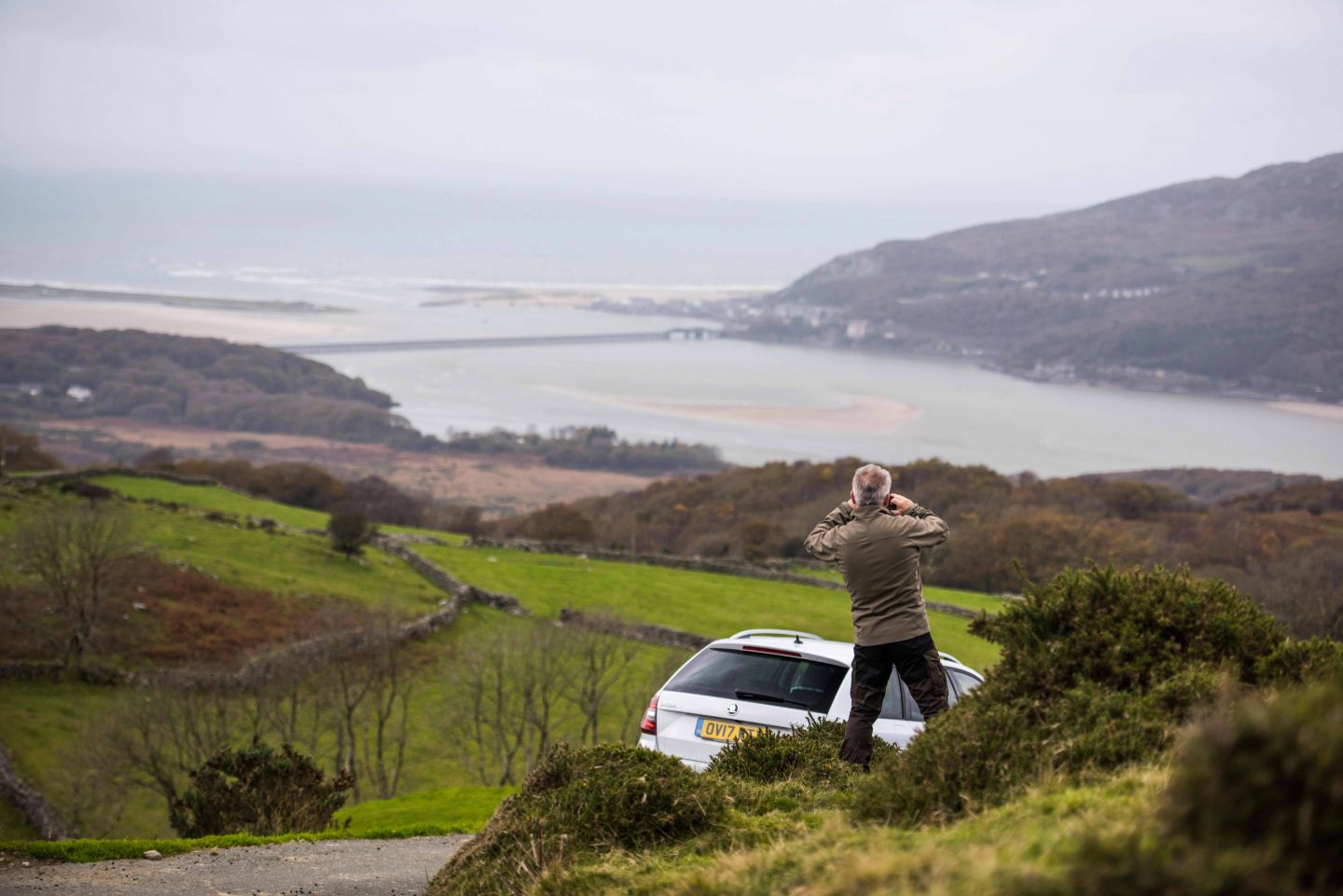10 Tips on How to Photograph Cars with Your Smartphone

Just clean your car and find the best spot. Easy, right? But that’s only the beginning. Professional photographer Julian Calverley took the new ŠKODA OCTAVIA SCOUT into the stunning nature of Wales just for one reason – to share 10 tips with you on how you can boost your cell phone pictures to a completely new level.
30. 11. 2017 Lifestyle PEOPLEMedia Box
29 images
Show more
Show less
























































